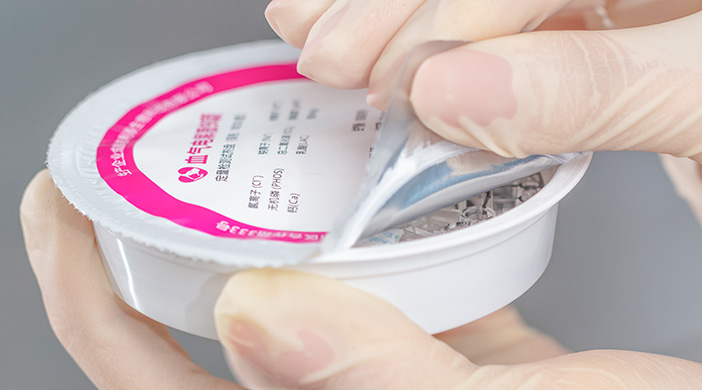Detection principle of chemiluminescence immunoassay
Chemiluminescence immunoassay is an analytical method that determines the content of a substance based on the intensity of the radiation light produced by a chemical reaction.
The chemiluminescence immunoassay analyzer combines a chemiluminescence system with an immune reaction. It edits antibodies or antigens with chemiluminescence-related substances, and after reacting with the antigen or antibody to be measured, it performs quantitative or qualitative detection of the antigen or antibody by separating the chemiluminescence marker in the free state and adding other related substances of the chemiluminescence system to produce chemiluminescence.
Chemiluminescence immunoassay is currently recognized as an advanced labeled immunoassay technique in the world. Chemiluminescence immunoassay technique has a high degree of accuracy and specificity, and has become one of the most important techniques in testing methods.
Chemiluminescence immunoassay is a new generation of immunoassay technology after radioimmunoassay, enzyme immunoassay, fluorescence immunoassay and time-resolved immunoassay.
Nowadays, chemiluminescence immunoassay analyzer has expanded the scope of immunoassay and made more and more testing items. It is now used for thyroid, reproductive hormones, myocardial damage and tumor markers, infectious diseases, anemia, bone metabolism, etc.
1、Tumor marker detection
Tumor markers are chemical-like substances that reflect the presence of tumors. They are either not present in normal adult tissues but only in embryonic tissues, or their content in tumor tissues greatly exceeds the content in normal tissues. Their presence or quantitative changes can suggest the nature of tumor, and help to understand the histogenesis, cell differentiation and cell function of tumor, so as to help the diagnosis, classification, prognosis and treatment guidance of tumor.
2、Thyroid function test
The thyroid gland relies on the production of thyroxine to regulate its response, with triiodothyronine (T3) and thyroxine, also known as tetraiodothyronine (T4). T3 and T4 are synthesized from iodine and tyramine. The thyroid gland also produces calcitonin, which regulates calcium balance in the body.
3、Endocrine hormone test
The endocrine test is actually to see if the levels of these hormones (including luteinizing hormone, follicle stimulating hormone, prolactin, luteinizing hormone and estrogen testosterone) are secreted normally.
4、Infectious disease detection


